1
HOME > Tips & Advice >
GETTING STARTED WITH VINTAGE MENSWEAR
Written by Ivan Yaskey in Tips & Advice on the 9th September 2021
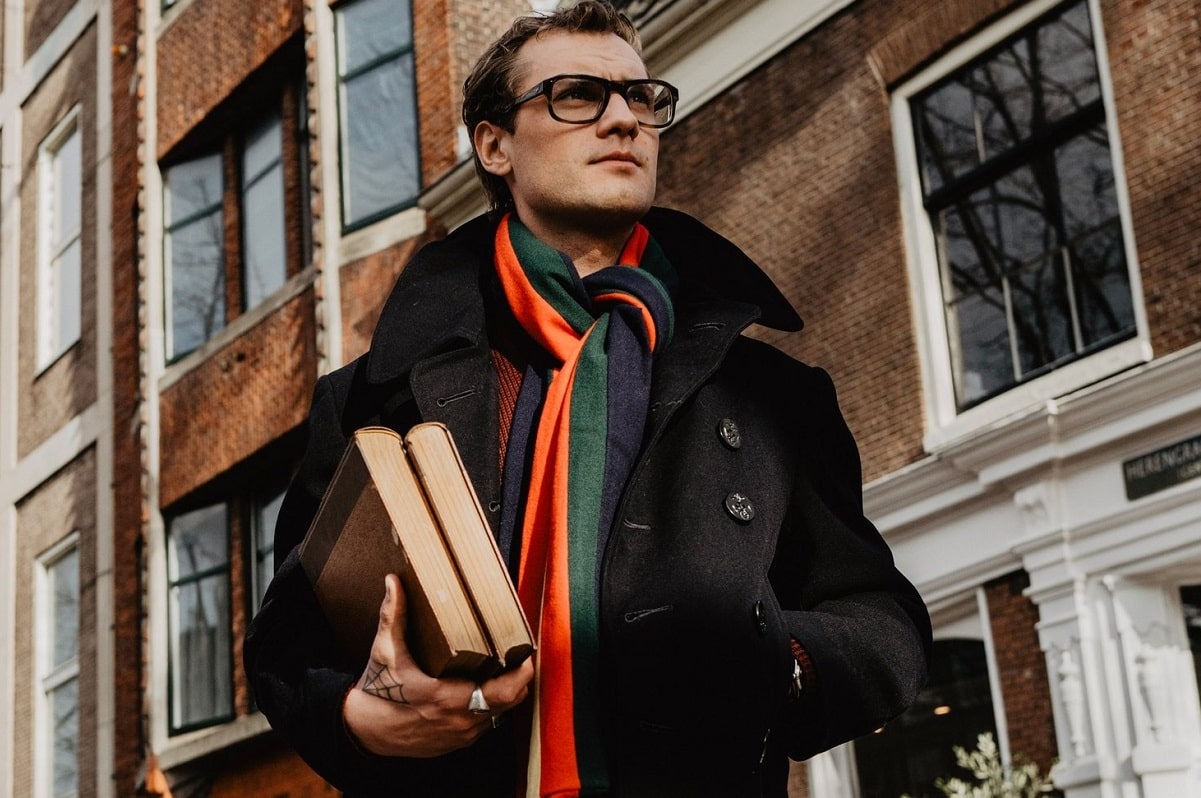
Over a decade ago, vintage shopping seemed to be a pastime of hipsters who claimed “Style’s not like it used to be” as they waxed over the purity of sound that vinyl brings. As pretentious as it was and still is, this sentiment isn’t wrong and is partially behind the appeal of heritage threads.
Fast fashion’s effect has caused us to settle for flimsy-feeling garments that tear too soon and feel too cheap to be worth repairing. As well, the pace at which it operates through the eCommerce cycle means that more clothing’s being generated, more is being thrown out, and we’re all stuck with wardrobes that take up space or don’t fully get worn.
Vintage shopping presents an alternative – a chance to access higher-quality construction while keeping previously created clothing in rotation, rather than in a landfill. At the same time, as evidenced by the emergence of vintage streetwear, this approach generally allows you to access more substantial garments without having to pay a premium price.
Yet, vintage shopping tends to be more strategic than grabbing items off the rack at your local thrift store. That’s not to say you can’t start here – but today, resale marketplaces like Etsy, eBay, Poshmark, and Depop, plus independent vintage retailers, place more options at your fingertips. It can be overwhelming but, at the same time, creates a more feasible pathway for finding something that resonates with you.
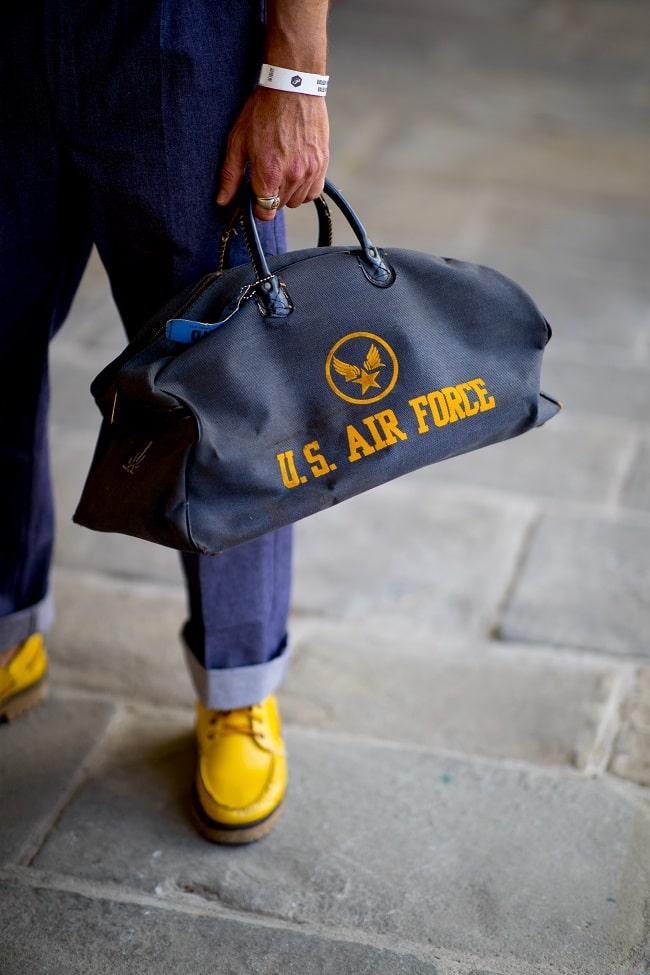
Types of Vintage Shopping
We’ve previously covered how to approach shopping for vintage menswear. For a general summary, know your measurements, inspect the garments, and be ready to make alterations or repairs.
Yet, if you’re looking to eventually develop a more vintage-centric wardrobe (or completely shop vintage going forward), realise that three types of approaches exist:
Classic: Some garments don’t change, or if they do, those alterations are slight. What was created in the ‘40s or ‘50s could still work today – especially due to the preponderance of pleated trousers and double-notch collars – and has potential going forward. This method strips out the period element, with the goal being to find timeless, well-crafted essentials that’ll hold up better than anything you can currently find at the mall.
Nostalgic: This is the anti-classic approach – albeit one that’s intentional. You know fashion’s history, and you’re intentionally seeking out garments to reflect a particular period in time. This could be something moderately revived – for instance, a Member’s Only jacket from the ‘80s or flame-covered Y2K bowler – or a deliberate period edition, like a ‘70s disco shirt. Realise that a fully nostalgic approach can hover between dated and kitschy, or seem almost cosplay-like at times, especially if you wear something pre-1940s.
Collectibles: Collectible vintage fashion can be to wear, to sell through a marketplace, or to amass for its value. The same way men hold onto limited-edition watches and trainers has spread to certain, period-specific pieces of apparel that tend to be difficult to find. Unlike with classic and nostalgic approaches, collectible vintage fashion tends to be marked up for its rarity and isn’t recommended for everyday dressing.
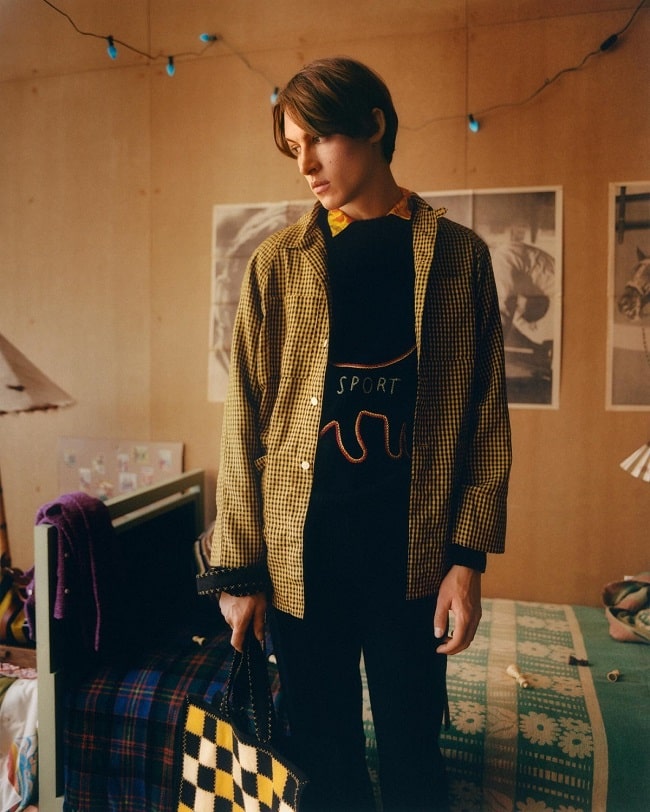
Must-Find Vintage Menswear
If you’re new to vintage shopping or only perceive it through the nostalgic approach, start to supplement your wardrobe with the following types of garments and accessories:
Fedoras
Let’s be real: Mid 20th century, a fedora looked sharp and refined. Today’s fedoras are more like trilbies, both in terms of design and form.
Although the average wearer sees both as a brimmed hat, fedoras are characterised by a medium-width brim and a crown with a teardrop-shaped crease. They were conceived and still properly are a dress hat. A trilby features a shorter brim the wearer can turn up, plus a cylindrical-shaped crown.
Unfortunately, modern construction has blurred the line between the two, resulting in an awkward hybrid that’s too informal for dressier settings and too large to be casual. Going vintage ultimately takes you back to basics, authenticity, and sturdier construction.
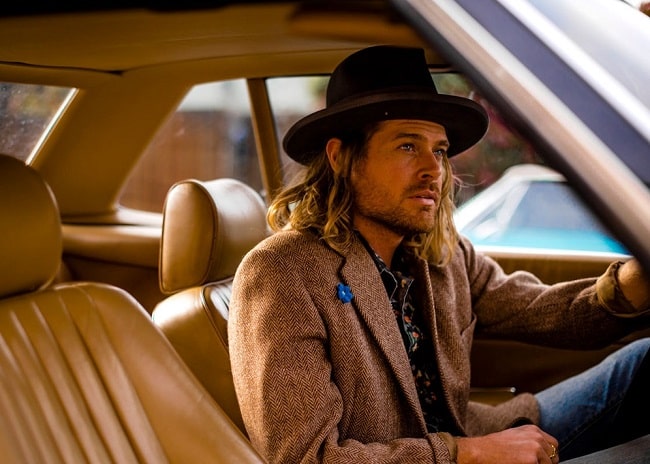
Suits
We’ve already covered exploring vintage suiting online. In general, older suiting – pre-1990s, for some context – tends to be better constructed than many modern options, unless you opt for something bespoke or tailored. Unlike today’s polyester or cotton, what was created decades ago out of wool or tweed was intended to be durable, and thus has lasted.
Of course, you’ll run into some period-specific silhouettes, but even these – think the wider legs, brighter colours, and statement lapels of the ‘70s and ‘80s – have returned. Should you want a party suit, here’s a solid place to start.
Overcoats
Whether you’re seeking vintage or military surplus, you’re right on the money if it feels like the overcoats of decades past felt more substantial – like they’d actually protect you against rain and gusts of wind without requiring additional layers underneath. Perhaps it’s the heavier wool construction, with cotton underneath and lining the jacket, or the fact that style up to the 1960s wasn’t designed to be so disposable. Either way, if you’ve found yourself shopping classic, only to sew on buttons or repair a seam after a winter, consider exploring mid-20th century garments for this purpose.
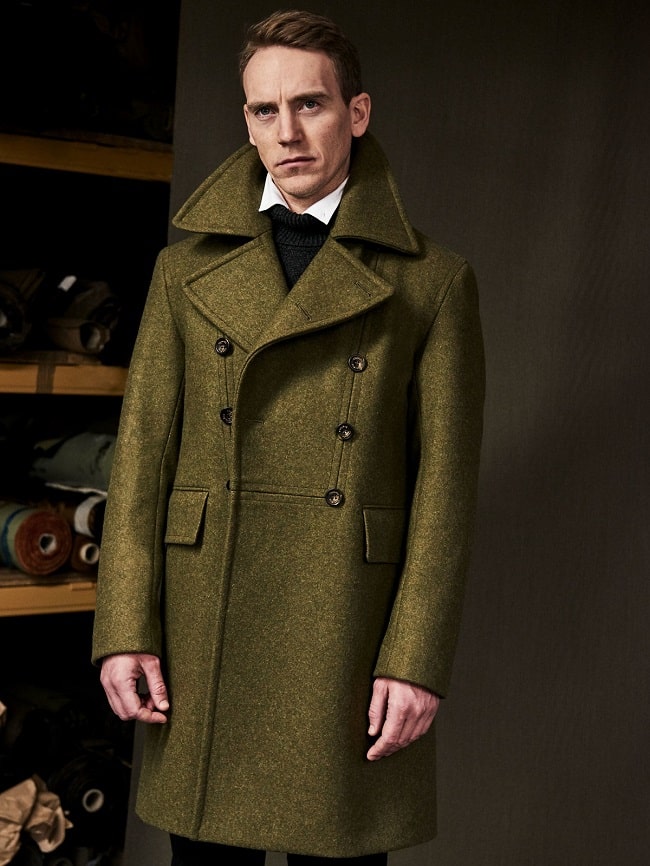
Camp or Bowler Shirts
The double-notch collar shirt, finished with a straight hem and boxier cut, has gone by multiple names, but the silhouette, no matter the decade, has experienced little retooling. Vintage versions give you a chance to explore cotton, rayon, and silk fabrications from the 1950s onward, presenting solid colours for everyday wear or some out-there prints by the ‘70s and ‘80s. Just as you’ll spot with disco shirts, camp silhouettes tend to retain their construction and vibrancy but offer a more accessible combination.
Leather Jackets
Today, you’re just as likely to encounter a polyurethane faux leather jacket as you are the real thing. Both, however, may crack prematurely or feel thin compared to something constructed a few decades ago.
Beyond this aspect, leather that’s been taken care of well starts to develop a sense of individuality – a specific patina, as well as a custom fit. The garment’s likely already broken in and has some character, so it won’t feel stiff the moment you slip it on. As a tip, continue to maintain the material to keep the jacket in shape.
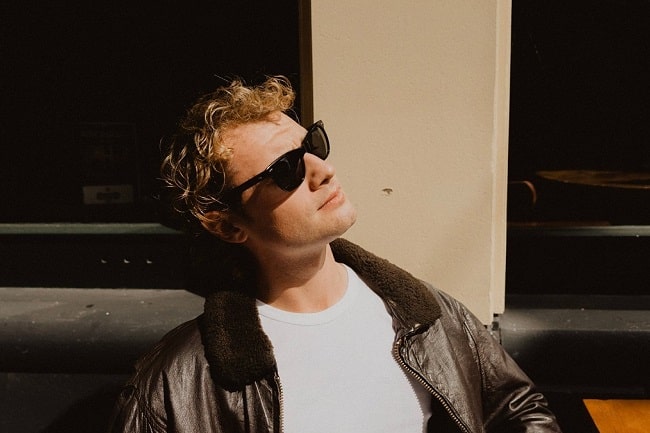
Denim
They don’t make denim like they used to. That’s not just some nostalgic waxing but more of a factual observation: Jeans and denim jackets before the 1990s weren’t woven with spandex, and had a thicker, rougher feel. It didn’t matter if you were attempting to put on some ‘80s skinnies – clothes hanger in hand to pull them up – or some classic dungarees. Today, the addition of spandex might make the material flex more to your body, but this denim tends to wear out sooner. For quality, you have a higher chance of finding 100% cotton among vintage denim.
Military Jackets
Plenty of modern-day menswear styles have military origins – from balmoral boots and chinos to pilot jackets. The fact is, military garments are crafted to withstand a greater deal of wear and tear compared to their civilian counterparts, and you notice it from the thicker material. Compare a department store peacoat to one from a military surplus store to see what we mean. Whether you’re on the hunt for a nylon bomber jacket or something with a camouflage print, military surplus offerings tend to supply you with longer-lasting construction.
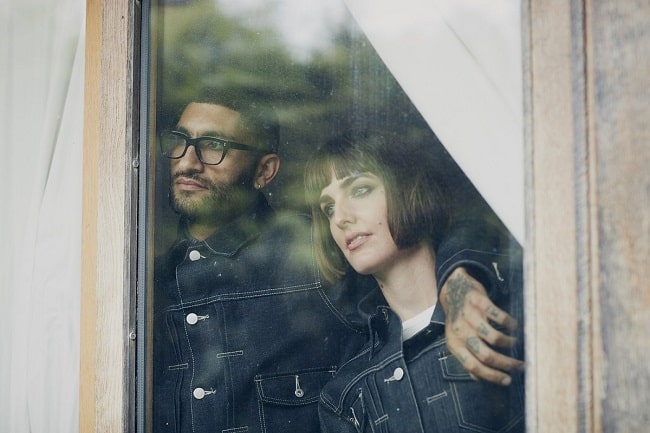
Sunglasses
Plastic cracks, making purchasing a new pair of sunglasses not only less environmentally friendly but a sure-fire strategy for needing a replacement a year or two down the line.
Vintage sunglasses not only present you with something more sustainable, but they offer a history lesson on the progression (and often lack of change) concerning silhouettes. Wayfarers and Clubmasters from a few decades ago look practically unchanged but tend to offer a bit more weight and substance than something you’ll find new.
Do you ever buy vintage clothing? #fashion
— Menswear Style (@MenswearStyle) September 9, 2021

Trending
2
3
4
5
6
7
8
9
10










